Don’t believe everything you hear (or learn)! It seems that we were all taught some common myths while in school. Here, we break down the things we learned in school that are completely wrong.
1. Chameleons can’t always change to blend in with their surroundings

Up until now, we thought that chameleons always had the ability to blend in with the background – as the chameleon does in Disney’s Tangled. In reality, though, a chameleon’s color-changing ability is not quite like we imagine it to be.
According to National Geographic, chameleons can make small color adjustments to blend in with their surroundings, but can’t change their skin to match brighter surroundings – including flowers or individual blades of grass. However, chameleons ultimately don’t need to do much “blending in” to stay hidden, as they already look a lot like leaves or branches in their natural state. Interestingly, when chameleons aren’t trying to blend in, their skin color changes to reflect their mood.
2. No witches in Salem were burned at the stake

Maybe we weren’t paying close enough attention in history class, but we could have sworn that we were taught that accused witches were burnt at the stake during the Salem Witch Trials in 1692 and 1693.
Contrary to popular belief, although twenty people were eventually executed as witches in Salem, none of the condemned were burned at the stake. Nineteen of the Salem Witch Trial victims were taken to Gallows Hill to die by hanging. One person died by being pressed to death with heavy stones. The other people accused of witchcraft died in jail awaiting their trial.
This misconception surrounding the Salem witches probably comes from the European witch trials, where people were commonly executed by being burned alive. Medieval and church law commonly stipulated that witchcraft should be punished by fire, and church leaders ensured this rule was followed between the fifteenth century and the eighteenth century.
3. Christopher Columbus didn’t discover the Americas
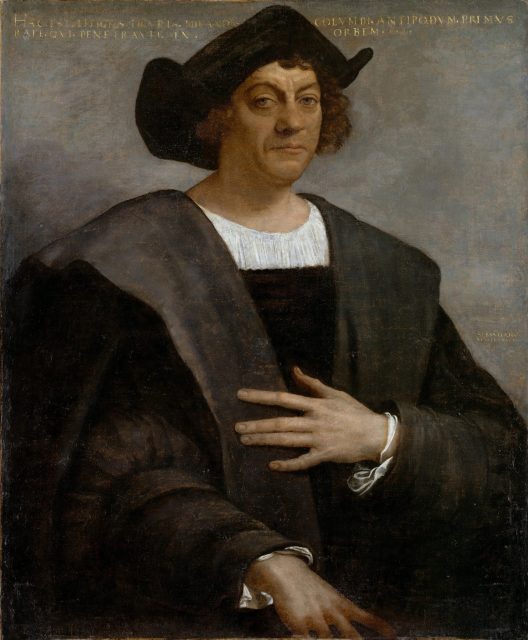
Hopefully, by now, everyone knows that Christopher Columbus was an overall awful guy. We were taught in school that Columbus was the first from Europe to reach the Americas. However, along with many things we were taught about Christopher Columbus, this fact is completely untrue.
It should be highlighted that the land Christopher Columbus “discovered” in 1492 had been inhabited by Indigenous people already for centuries, so he really wasn’t discovering anything. In fact, Columbus wasn’t even the first European to discover the Americas. Historians believe that Viking Leif Erikson was the first individual to reach the North American continent, nearly four centuries before Christopher Columbus did.
4. Abraham Lincoln wasn’t completely responsible for ending slavery
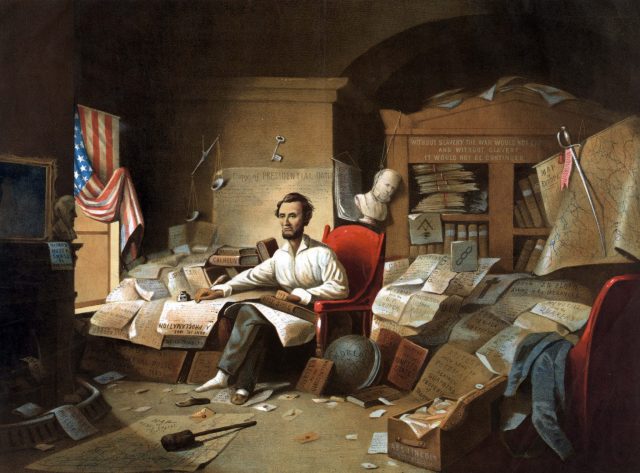
We were taught in history class that Abraham Lincoln was solely responsible for ending slavery when he issued the Emancipation Proclamation on January 1, 1863. Abraham Lincoln did believe that slavery was morally wrong, but its abolishment wasn’t as clear-cut as history class would make us believe.
Abraham Lincoln didn’t believe that Black people should have the same rights as white people. During a presidential debate in Charleston, Illinois, on September 18, 1858, Lincoln stated, “I will say then that I am not, nor ever have been, in favor of bringing about in any way the social and political equality of the white and black races.”
Lincoln’s views on African American equality evolved during the course of his presidency, but in recent decades historians have begun to reexamine his role in abolishing slavery. Some historians have suggested enslaved people freed themselves more than Lincoln ever did.
5. George Washington did wear dentures, but they weren’t wooden
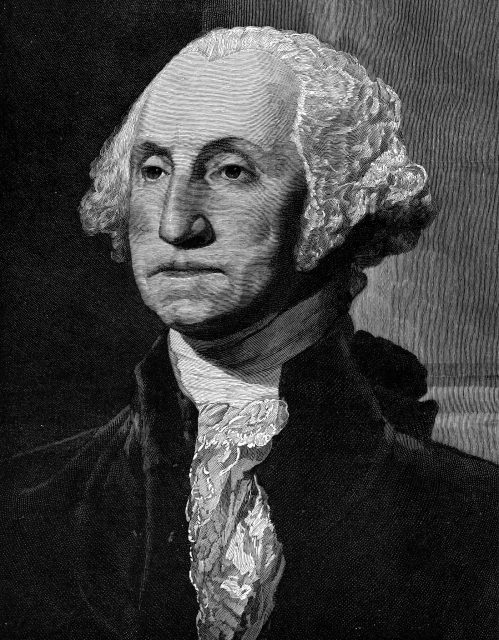
For some reason, we were taught that President George Washington wore wooden dentures. Although Washington did suffer from dental problems, and wore multiple sets of dentures throughout his life, no set was ever wooden.
Washington’s denture sets typically were made of a variety of materials, including ivory, gold, lead, and even human teeth. Wood was never used in Washington’s dentures, nor was wood a common material to be used by dentists in his era.
6. Light bulbs were already around when Thomas Edison ‘invented’ them
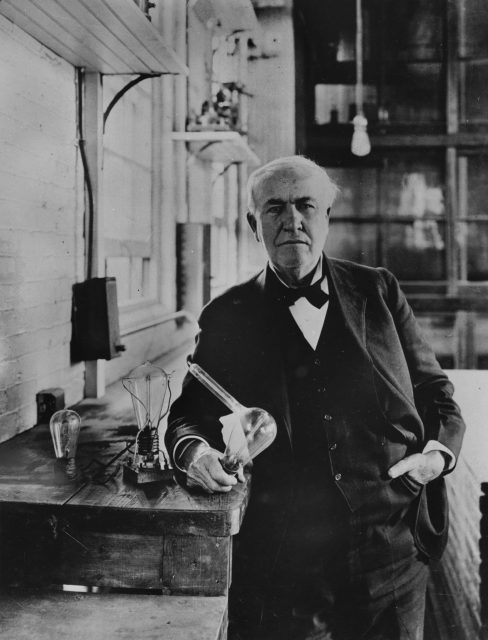
We were taught that Thomas Edison was the inventor of the lightbulb. However, this claim is not necessarily the truth as lightbulbs already existed before the one Edison invented.
The story of inventing the lightbulb begins long before Edison’s first commercially successful bulb came in 1879. The first practical method of generating electricity was developed in 1800 by Italian inventor Alessandro Volta. In 1840, British scientist Warren de la Rue developed a light bulb using coiled platinum filament in place of copper. However, platinum was very expensive and kept the light bulb from becoming a commercial success.
By 1860, English chemist Joseph Swan had developed a more cost-effective lightbulb, using carbonized paper filaments rather than filaments made of platinum. Thomas Edison, therefore, wasn’t the first inventor of the lightbulb. What Thomas Edison did, and why he is often remembered as the sole inventor of the lightbulb, is create the first practical, and affordable, lightbulb for home illumination.
7. Slavery was not confined just to the South
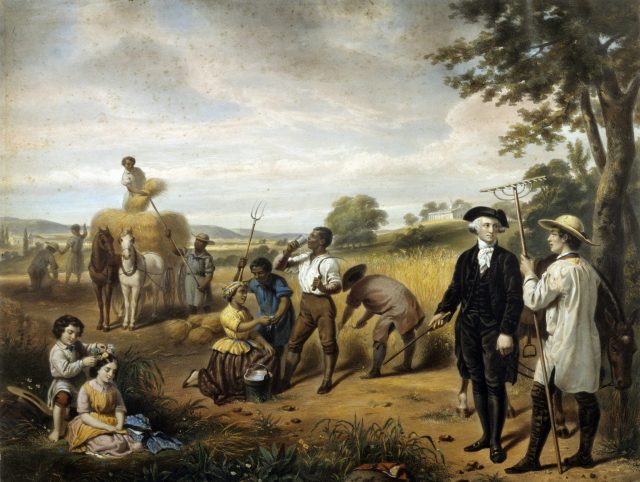
In history class, we learned that slavery in the United States was practiced in the Southern States. We were most likely taught this because, by the time the American Civil War rolled around, slavery had been abolished in the Northern States.
However, what is often brushed over in history class is the fact that slavery existed in every colony of the United States. George Washington, Thomas Jefferson, and other founding fathers all had hundreds of enslaved people. In fact, the first colony to legalize slavery was Massachusetts. In 1720, 1,600 of the 7,000 people living in New York were enslaved – or about one-fifth of the total population.
It wasn’t until after the Revolutionary War that the abolitionist movement became a significant political force in the United States. By the start of the Civil War, only Southern States under the Mason-Dixon Line still practiced slavery, but slavery in the Northern States is often severely under-emphasized in history class.
8. You can see other human-made structures from space

We are certain that we learned that the Great Wall of China was the only human-made object visible from outer space and the moon. However, this claim is a lie. It is impossible to see any human-made structures from the moon, and contrary to popular belief, the Great Wall of China is hardly visible from outer space.
In 2003, Yang Liwei, China’s first man in space, found that he could not see the Great Wall of China while he was in orbit. Upon returning to earth, Liwei told a Chinese television show that “the scenery was very beautiful, but I didn’t see the Great Wall.” In 2004, astronaut Leroy Chiao took photos of the Great Wall of China from the International Space Station using a zoom lens. However, Chiao admitted that he was unable to see the Great Wall with unaided eyes.
Other human-made structures are clearly visible from orbit to the unaided eye, including the pyramids at Giza, roads, bridges, and cities. However, Apollo 12 astronaut Alan Bean confirmed that no human-made structure is visible from the moon, stating “the only thing you can see from the moon is a beautiful sphere, mostly white, some blue and patches of yellow, and every once in a while some green vegetation. No man-made object is visible at this scale.”
9. Gum won’t stay in your body for seven years if you swallow it

This claim haunts us even to this day. We were taught by family, friends, and teachers that gum would stay in our body for seven years if we swallowed it by accident. Although gum will stay in your body for a period of time, it is nowhere near seven years.
Unlike most food, gum is largely indigestible, as it can’t be broken down by the body’s enzymes and acids. This means that a piece of gum typically will go right through the digestive system without being dissolved or broken into smaller pieces before it is finally excreted. It might pass more slowly than most foodstuffs, but the body will eventually pass a piece of swallowed gum.
10. Albert Einstein never failed math in school
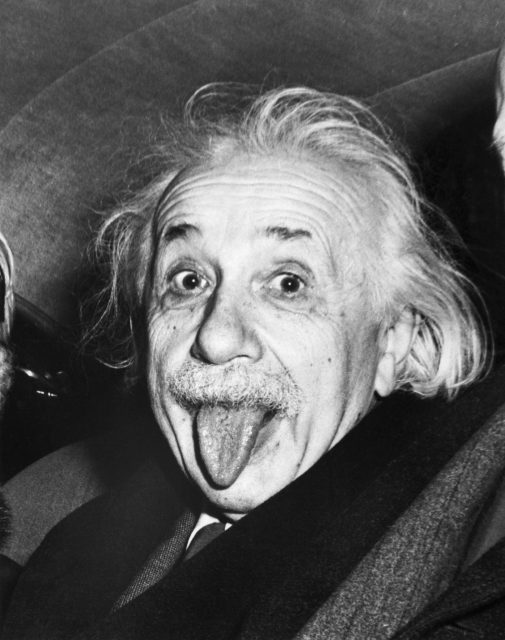
Perhaps we were taught Albert Einstein failed math and struggled in school to show us that if we continue to persevere at something we’re stuck on, we too can do great things. Although there are multiple cases of people being late-bloomers and developing talents later in life, that wasn’t the case for Albert Einstein. He always excelled in math, and every other subject in school, from a very young age.
More from us: 16 Historical Quotes Most People Get Wrong
Maybe this idea came from when he failed the entrance exam to the Zurich Polytechnic. Einstein passed the math portion of the exam but failed the botany, zoology, and language sections. However, the first time Einstein took this exam, he was still a few years away from graduating high school and didn’t speak a lot of French, the language the exam was given in. He was admitted to the Polytechnic institute the following year.
